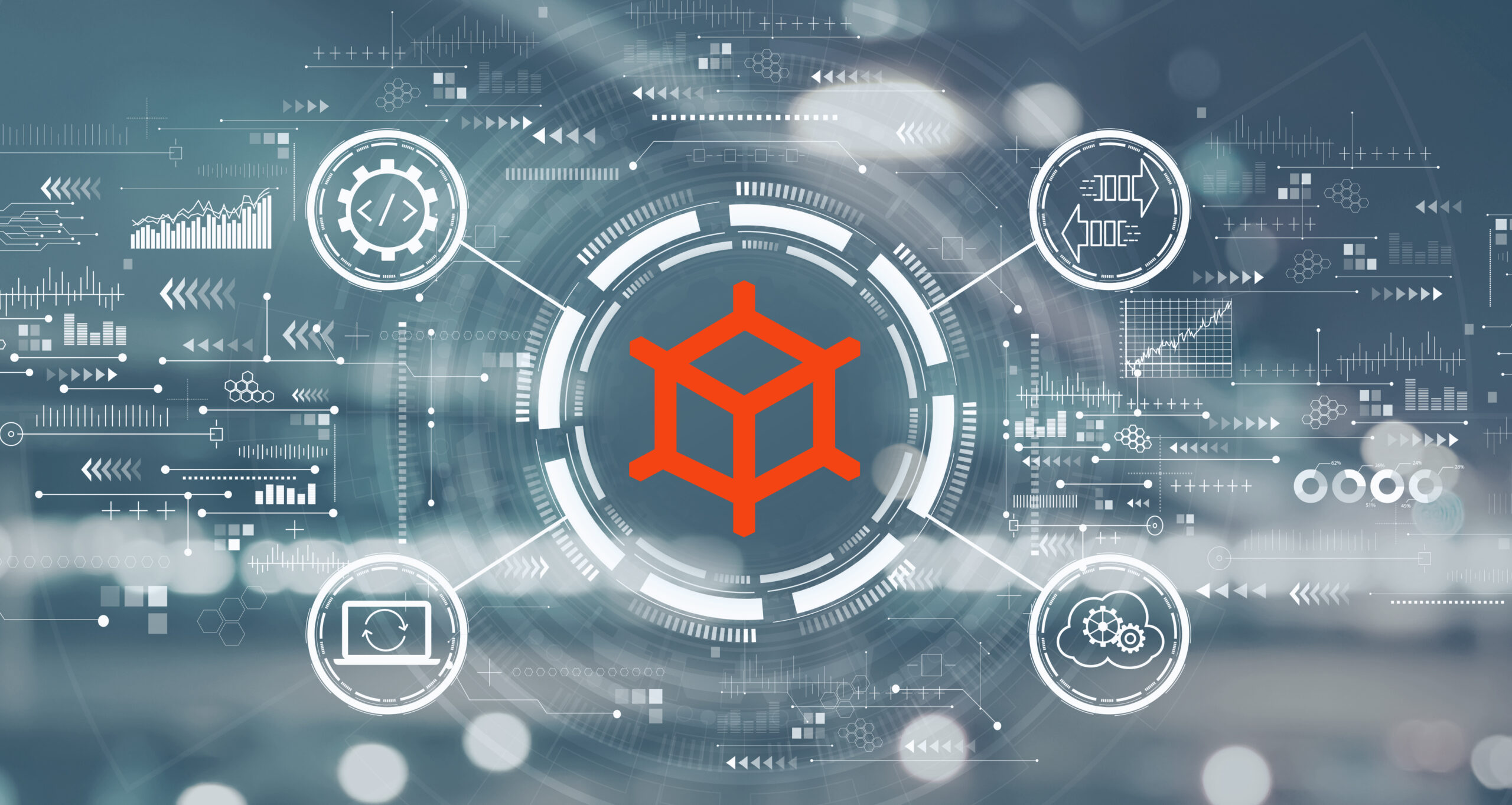By Manoj Chaudhary, Chief Technology Officer
3 ways to integrate artificial intelligence into business process automations to amplify productivity.
According to recent Deloitte research, 94% of today’s business leaders across the globe believe AI is critical to success – with 82% also saying it increases job satisfaction and enhances performance. That’s not to say there aren’t still lingering concerns, with just under half of respondents reporting that AI creates fear or concern for them.
No matter what side of the AI coin you’re on right now, it’s an inevitability that it will make a monumental impact on the way we do business over the next few years – and is already staking its claim as a pivotal piece of a competitive automation strategy.
With generative and conversational OpenAI tools, like ChatGPT, showing their rapid dominance in the mainstream market, enterprises are turning to a new breed of AI solutions to further automate workflows, improve efficiency, and increase business productivity.
Understanding the benefits of AI for business process automation
One of the key advantages of AI is, of course, its ability to automate repetitive and mundane tasks, allowing employees to focus on more strategic and value-added activities. AI-powered automation can significantly reduce human error and increase accuracy, leading to better business outcomes and experiences and for all stakeholders –customers, partners, and employees. Additionally, AI can help organizations identify trends and anomalies that may not be apparent to humans, enabling proactive problem-solving and risk mitigation.
Another major benefit of AI is its scalability and adaptability. As organizations grow and evolve, AI can easily adapt to changing needs and requirements, ensuring continued efficiency and business agility. By harnessing the power of AI for business process automation, organizations can unlock benefits that enhance their overall performance, profitability, and success in the market.
Fortunately, low-code integration and automation platforms provide a user-friendly, scalable way for organizations to infuse AI into existing systems and business processes for rapid efficiency improvements. Out of the box (OOTB) integration connectors enable immediate connectivity between OpenAI software tools and other business applications, giving organizations an easy way to integrate the power of generative AI directly into their current tech stack.
3 ways to get started with AI in your business
Here are three real world examples of how organizations are leveraging AI to transform their business processes.
-
Accelerate & standardize the recruitment processes
You can train AI software identify potential job candidates to help accelerate and streamline the recruitment process. Using AI, you can automatically scan and rank resumes according to how well they match the job description. Those with high rankings are automatically forwarded to the appropriate hiring manager. For those that do not rank high enough, AI will create and send a personalized response explaining why they do not qualify.
This not only saves HR teams from hours of manual work reading resumes and replying to applicants, it also removes any traces of human bias from the recruitment process – both of which ultimately result in more positive, streamlined experiences for employees and applicants alike.
-
Improve productivity with intelligent communications routing
We all have our own preferences about how we like to communicate at work. You can keep everyone working in their favorite channels by training AI to read and appropriately route messages between systems based on employee preferences.
With this use case set up, an employee can, for instance, submit a PTO request via an instant messaging platform (i.e. Slack, Teams). Then, AI – with the help of an integration platform to enable systems connectivity – can do the following:
- Route the request to the right HR management system (i.e. Workday, BambooHR)
- Generate and route a notification to their hiring manager via preferred channel (email, instant messaging, etc.)
- Route the approval back to the HR management system and notify the employee
By allowing employees to work and communicate in their preferred channels, you can drastically improve collaboration across strategic projects, eliminate time and resource-intensive processes, and remove potential innovation barriers between teams.
Just imagine all the time you can save if you didn’t have to switch between multiple apps just to finish one task….(let that sink in for a bit).
-
Increase information accessibility to improve knowledge building
Internal information barriers are a leading cause of chaos and data silos for teams. By training AI on internal business systems, it can make information more easily accessible across your org. By using the conversational UI, team members can easily and quickly pull relevant data – without having to navigate multiple applications or login barriers to access it. With the right integrations in place, users can ask a question in natural language to a conversational interface and receive a real-time response based on the data across internal systems.
For example, by integrating AI with an instant messaging platform, stakeholders and teams across the enterprise can access information available in company systems using natural language (i.e. give me my quota attainment for the last four quarters, show me all the invoices from Vendor X, how much did we pay Vendor X in the last four quarters, etc.) – and receive a prompt and accurate response.
Setting the stage for AI and automation with iPaaS
Artificial Intelligence has the potential to revolutionize business processes, improve efficiency, and drive innovation – but only if AI can connect to your applications and systems, making it essential to first have a robust integration platform as a service (iPaaS) in place.
An iPaaS solution acts as the backbone of your AI initiatives, enabling seamless connectivity between all your applications, data, and systems. It provides a centralized hub where data can be collected, processed, and analyzed, allowing AI algorithms to derive valuable insights and automate workflows. With an iPaaS solution in place, AI models can seamlessly access real-time data and systems, leading to faster, more accurate predictions and better decision-making.
Additionally, an iPaaS platform provides the scalability and flexibility needed to support the growing demands of AI. As your organization (and its automation maturity) expands and evolves, you can easily add new applications and data sources to your integration platform, ensuring that your AI initiatives can adapt and scale with your business.
By investing in an iPaaS platform, you can accelerate the integration of AI into your organization and unlock its full potential. From enhancing customer experiences to optimizing business processes, an iPaaS platform is the key to infusing AI into your enterprise and staying ahead in today’s competitive business landscape.



